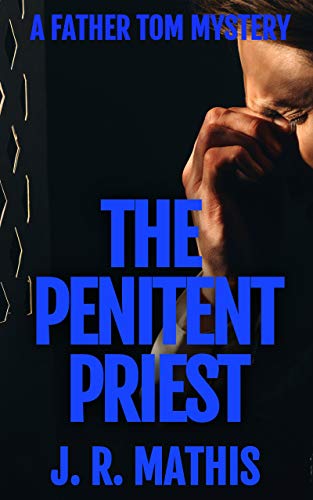
I’m reading Tolkien’s Beren and Luthien right now, and haven’t finished it yet. So I must find something else to post about. (Note to bloggers: Try to have interesting lives, because if you haven’t got a book review handy every day, you need something more interesting to write about than dentist visits and plumbing emergencies. Unless you’re James Lileks. Addendum to self: I’m not James Lileks.)
I think I mentioned that I’ve been watching old TV and movies on Amazon Prime. One thing that popped up in my suggestions the other day, which I selected, I’m not sure why, was an old 1940s musical called One Touch of Venus. It was a reasonable hit on Broadway, starring Mary Martin, and was made into a movie with Ava Gardner in 1948 – though they reportedly cut a lot of the songs (I’ve never seen it). The version I saw was a different one, done live on NBC TV in 1955, performed, according to the credits, by the Texas State Fair Musical Theater organization. The cast, most of whom are trying too hard in the tradition of live theater, features actress Janet Blair as Venus. The only other familiar face was Louis Nye in a small role.
It’s got a silly premise – a feckless barber named Rodney Hatch gets into an argument with an art collector over an ancient Greek statue. The collector declares the statue (which is surprisingly non-nude, and also bears a suspicious resemblance to a department store mannequin painted white) the image of female physical perfection. Indignantly, Rodney slips onto the statue’s finger the engagement ring he recently bought for his girlfriend – to prove that her hands are just as well-proportioned as a goddess’s. This action brings the statue to life, and Venus proceeds to ensnare Rodney in her charms, break his engagement, and (SPOILER ALERT) abandon him in the end to return to her worshipers (who appear, oddly, to be Hindu or Muslim). Rodney ends up with an entirely different girl from his original girlfriend, which strikes me as an odd plot resolution. I kind of felt sorry for the original girl. I probably dozed off during a scene where we learn why she’s unworthy of a barber.
A fact I missed going in dawned on me suddenly as Rodney was singing one of the production’s comic numbers – “How Much I Love You.”
“More than a catbird hates a cat, or a criminal hates a clue –
“As the high court loathes perjurious oaths, that’s how much I love you.”
I tried to figure out where I’d heard this before. Finally I realized that I hadn’t heard it, I’d read it. It was published as a poem, and its writer was the great Ogden Nash. Then I remembered that Nash had written the lyrics for a Broadway production called “One Touch of Venus.” (The music, you may be surprised to learn, was by Kurt Weill, better known for “Mack the Knife.”)
My major reaction to the whole thing was, “Wow, culture sure has changed since the 1950s. They’d never do this play today.” Then I looked and found that it’s been revived several times recently. Judging by the sexual (or gender, if you prefer) norms portrayed in the original show, I have to assume considerable revision has been done.
I found a YouTube video of somebody singing “How Much I Love You,” but the actor was so annoying I refuse to post it. You can look it up yourself if you’re curious. They changed some of the lyrics too.








